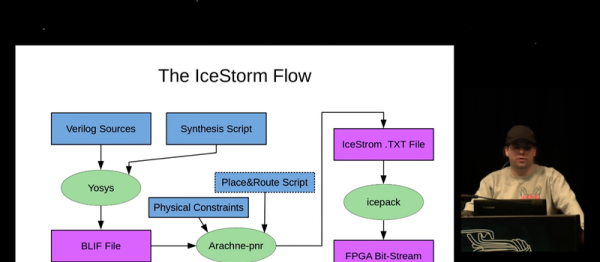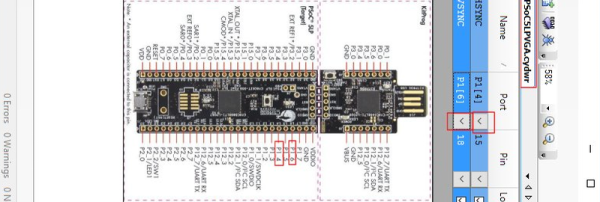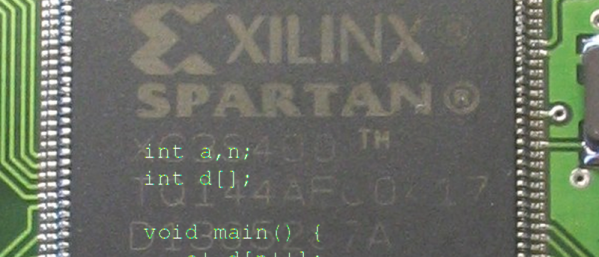The Manchester Baby seems simple today. A 32-bit machine with 32 words of storage. It wasn’t meant to be a computer, though, but a test bed for the new Williams tube storage device. However, in 1948, it executed stored programs at about 1,100 instructions per second. The success of the machine led to a series of computers at Manchester University and finally to the first commercially available computer, the Ferranti Mark I.
[Dave] is lucky enough to volunteer to demonstrate the Baby replica at Machester’s Museum of Science Industry. He wanted his own Baby, so he used a Xilinx FPGA board to build a replica Baby named BabyBaby. Although it runs at the same speed as the original, it is–mercifully–much smaller than the real machine.

















